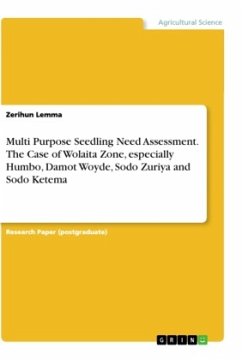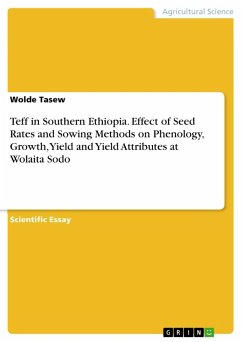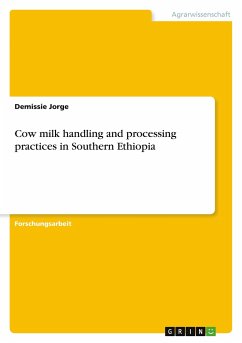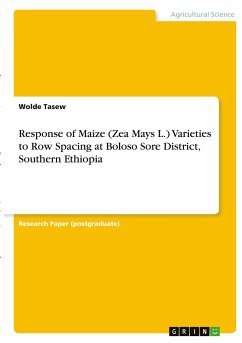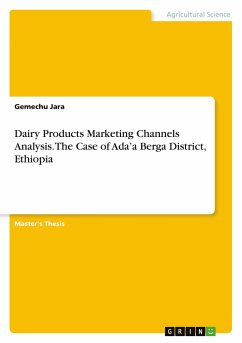Research Paper (undergraduate) from the year 2019 in the subject Agrarian Studies, grade: 3.78, , course: Dairy Production and Management, language: English, abstract: The objectives of the current study were to assess dairy production and marketing systems and to identify constraints and opportunities of dairy production and marketing system in Wolaita zone.Ethiopia possesses the largest livestock population in Africa. Estimates for farmer holding in rural areas indicate that the country has about 60 million heads of cattle, 33 million goats, 31 million sheep, 2 million horses, 9 million donkeys, 1 million mules, and 1 million camels. In Ethiopia, the traditional milk production system and marketing which are dominated by local breeds of low genetic potential for milk production, and accounts for about huge number of the country's total annual milk production. Demand for milk and milk products exceed supply that is expected to increase growth in dairy sector. Milk production systems in Ethiopia is classified into urban, per-urban, and rural.Livestock rising always has been mainly a subsistence activity. They are raised in all of the farming systems of Ethiopia by crop/livestock mixed farmers. Livestock play a vital role in economic development, chiefly as societies change from subsistence agriculture in to cash-based economies. The contribution of the livestock sector is estimated to be about 12% to 16% of the total growth domestic product (TGDP). Only milk and milk products contributed 36%-46% to the house hold income in some areas. In Ethiopia, different type of milk production system can be recognized based on various criteria. Milk production systems can broadly categorized in to urban, peri-urban and rural milk production systems based on location,while based on market location, scale and production intensity,dairy cattle production system can be categorized as traditional small holders, privatized state farms and urban and peri-urban system.
Hinweis: Dieser Artikel kann nur an eine deutsche Lieferadresse ausgeliefert werden.
Hinweis: Dieser Artikel kann nur an eine deutsche Lieferadresse ausgeliefert werden.


